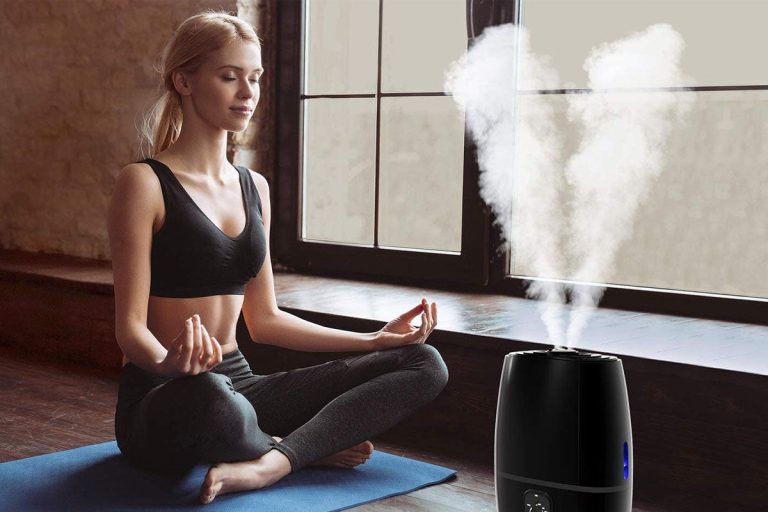Cold winter air can bring a host of discomforts to your home, including dry eyes, irritated throat and nose, itchy skin and dandruff. Adding humidity to your home can help you avoid these symptoms.
Whole-house humidifiers are a great way to increase your indoor humidity. They are installed in your ductwork and work with your heating system to keep your house comfortable.
Increased Energy Efficiency
Unlike the portable humidifiers you might be familiar with, which only add moisture to one room at a time, whole-house units are installed right into your forced air heating and cooling system. They work hand-in-hand with your thermostat to monitor and control humidity levels throughout the home.
Adding humidity to the air in your home will make it feel warmer at lower temperatures, saving you money on your energy bills. Dry winter air requires your furnace to run longer to heat the house, leading to higher heating costs.
Having whole house humidifiers will eliminate this problem, saving you money on your energy bills while making the climate in your home more comfortable.
A More Comfortable Home
In the fall and winter, the weather in some States gets cold and crisp. Unfortunately, the cold air also carries less moisture. Whole house humidifiers increase the humidity in your home and keep it healthy during the cold months.
This helps alleviate many health issues, including nose and throat irritation, dry skin, and static electricity. It can also minimize allergy and asthma symptoms and reduce the chances of catching respiratory infections from viruses that thrive in arid environments.
The humid air will also help preserve furniture, wood floors, and musical instruments. Adding humidity to your home will reduce the need to turn up the thermostat, saving you money on heating bills. Additionally, a humidified home feels warmer than one with low humidity levels, making it easier to keep energy bills softer while maintaining comfort throughout the cold months.
Reduced Chances of Allergies & Asthma
Having your home properly humidified helps reduce respiratory conditions like allergies and asthma. Your home’s ideal relative humidity level is between 35% and 45%.
Dry air can cause cracked lips and skin, irritated nasal passages and damage to wood furniture, musical instruments and paint in your home. A whole-house humidifier is the best way to get the right moisture in your home.
A whole-house humidifier is installed on your home’s forced-air heating and cooling system to bring water vapor into the air through ductwork and a collection tray. Depending on the type of unit you choose, it can work with or without your furnace to add moisture to your home’s air. These systems are more efficient and low-maintenance than portable humidifiers and can be controlled from your thermostat. A recent study by NIH found that newborns exposed to household germs, pet and rodent dander and roach allergens were less likely to develop allergies or asthma than those who weren’t.
Healthy Skin
Winter air can zap moisture out of your skin, leading to dryness, flaking and possibly even accelerated aging. Humidifiers can keep your skin soft and hydrated and prevent irritation caused by dry air.
Humidifiers can also soothe dry nasal passages and throats. This can lead to less coughing, sneezing and itching and improve sleep quality for you and your family. Humidifiers can also reduce static electricity avoiding those annoying jolts.
Whole house humidifiers can help your home stay cleaner by reducing dust buildup since humidity attracts and holds dirt particles. However, clean your humidifier regularly as it may contain microorganisms or other contaminants.

